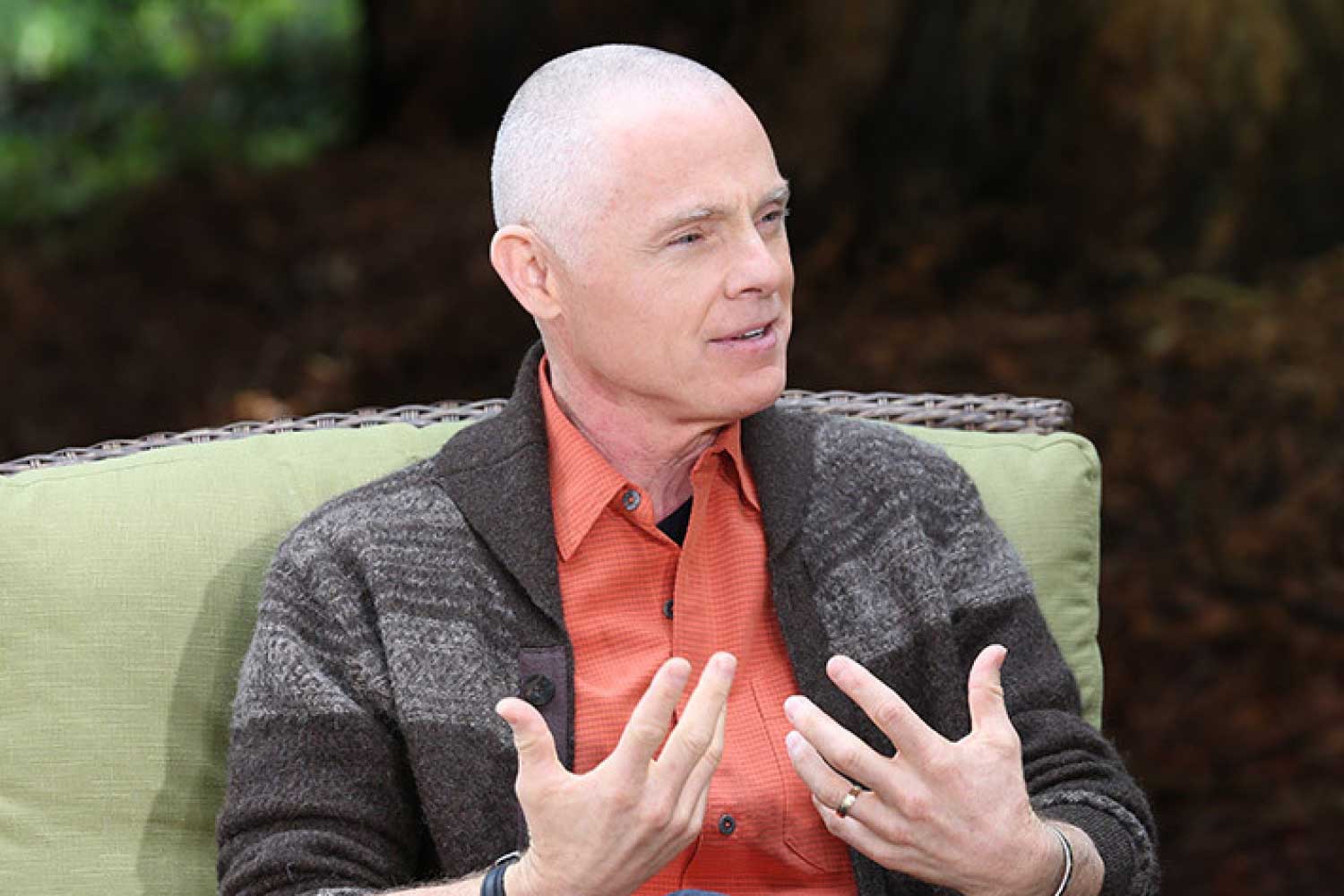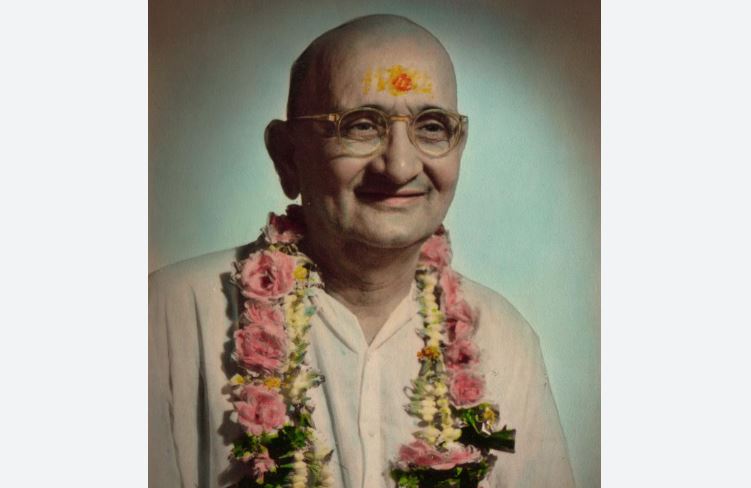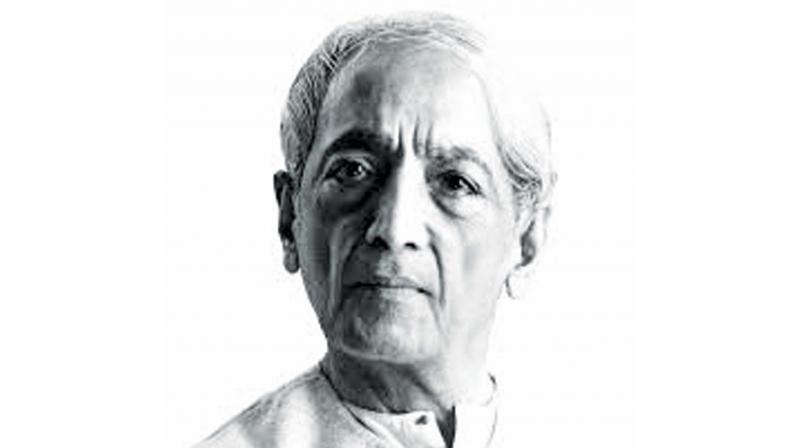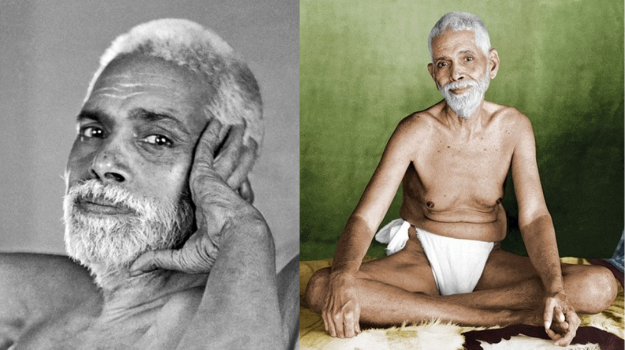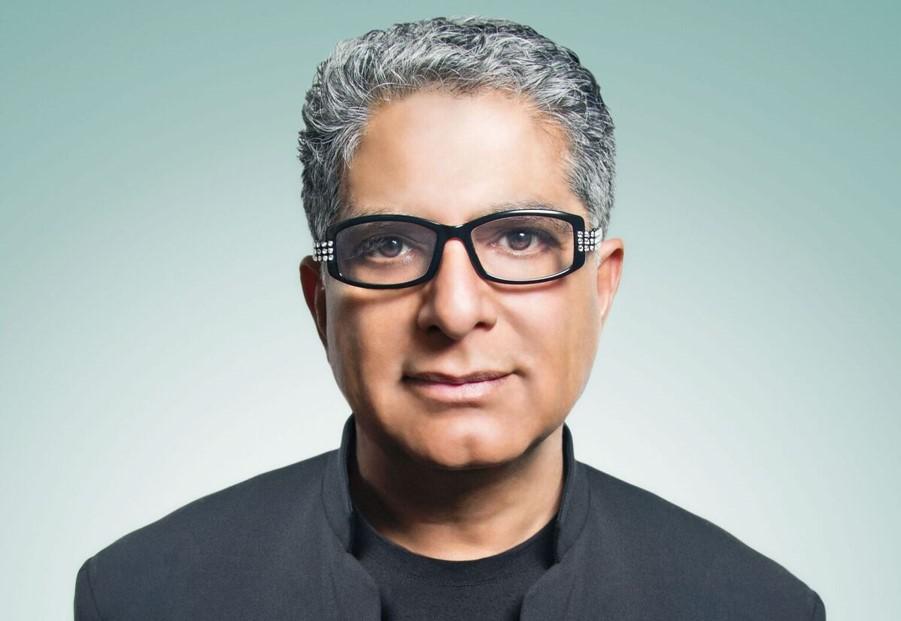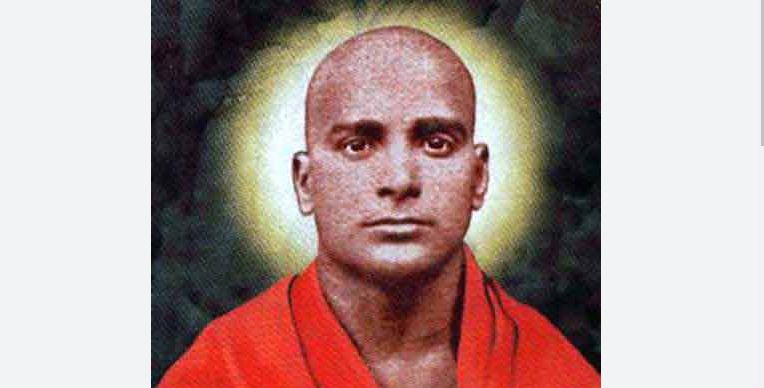Adyashanti
My experience has been that Kundalini moving upward in the body is greatly served by a strong and simultaneous presence of stillness. Like the idea of balancing softness with strength, rooted stillness complements the fiery quality of rising Kundalini, causing it to travel more smoothly and easefully in the body, offsetting the possibility of the Kundalini becoming more frenetic and moving in a forceful or jagged way.
My experience has also been that the energetic movement of Kundalini, in the presence of stillness, seems to amplify the stillness, as though thickening how the quality of stillness is registered in one’s body and environment. Energy at rest and in movement inform a union (that we grossly divide in reference, but not actually).
Meditations on the Hara, as well as Qi Gong, Hara breathing, and Hara chanting can be ways to develop the presence of stillness and knowledge of one’s nature as permanence.
When one contemplates and senses into one’s identity as Spirit, ego identification may cease to predominate. Ego identification can bring about senses of wrong, missing, lack, problem, division, and often draws these conclusions by referencing past experience to inform the present.
Spirit, which is not inherently defined by or identified with time, does not organize like ego, and knowing oneself as Spirit brings one’s state more and more toward what is now vs. what was then. This is not to say that the human experience of past is forgotten or that the experience of hurt is never to occur again, but ideally there is a great transparency of being through which experience generally flows (vs. predominantly sticks).
When the past arises, it is brought to present, enfolded into the care and flow of presence. This enfolding and healing can take time, as the mind, body, and energetics that are based in finite form assimilate and shift the past. However, this time can seem to reduce as the timeless gaze of awareness bears witness to the energies and holdings of past. As perspectives of identity and time shift, wrongness and malcontent can be replaced with a sense of that which is complete unto itself, in all its forms and phases. One is less identified as a fixed person that life is happening “to” and known more as an expression of a dynamic whole that life is expressing “in” and “as.”
A mysterious aspect in all of this is that one may not need to even accept and forgive what happened, as one’s identity aligns with a sense of what is. It’s as though one’s sense of oneself as Spirit transmits a state of wholeness that overpowers the momentum of division (against the past, oneself, another). One’s transmission of permanence stills the mind’s movement to reference narratives that lock the past in present. What happened is clearly known as “what did happen” vs. held as “what should or shouldn’t have happened.”
Adyashanti is an American spiritual teacher and author from the San Francisco Bay Area
